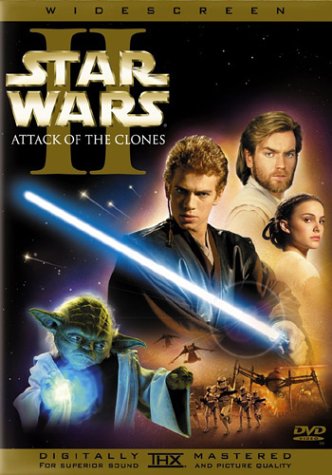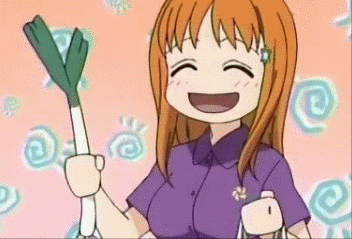Angels in the Outfield is a 1994 film starring Danny Glover, Tony Danza, Christopher Lloyd and a young Joseph Gordon-Levitt. The film’s plot revolves around the California Angels baseball team, and how they need help from a group of Angels to field a competent team to win the pennant.
The main character, Roger (Gordon-Levitt), is a young boy who is promised by his estranged father that if the Angels win the pennant, he will allow his son to live with him. After Roger prays for the Angels to win, an angel named Al (Lloyd) is sent along with other angels to aid the team in winning.
The movie is an updated version of the film of the same name that was released in 1951 that followed the Pittsburgh Pirates. While the film certainly has many good moments, its main problem is it’s overwhelming cheesiness. It tries WAY too hard to be heartwarming and touching, resulting in many an eye-roll from the audience. It could’ve benefited from fewer serious scenes and should’ve had more fun with its plot instead of insisting on always trying to illicit emotional reactions.
Regardless, it’s still a good movie to put on for anyone under ten, but wouldn’t be interesting for anyone over that.
The movie trailer from 1994.









